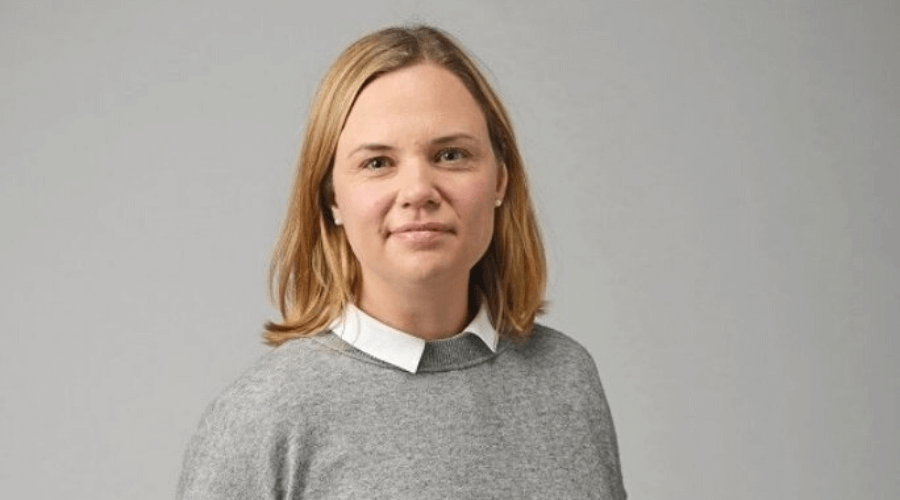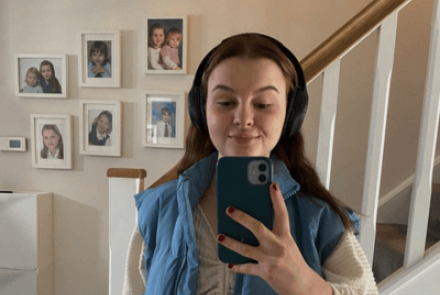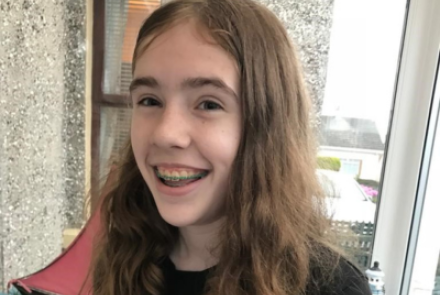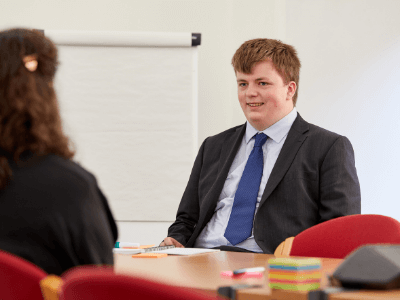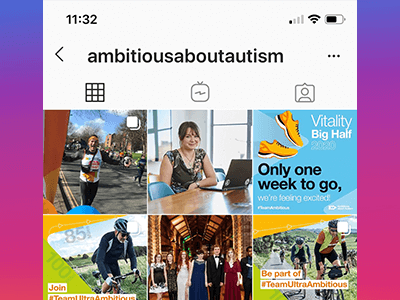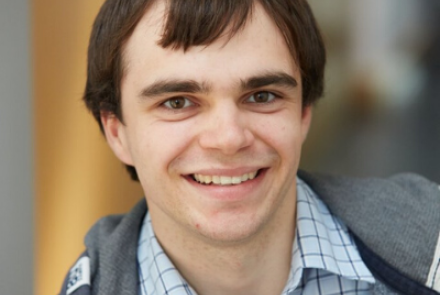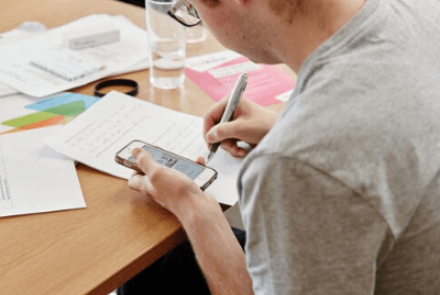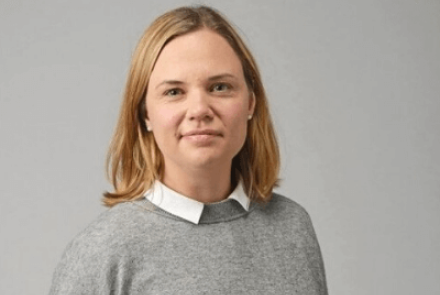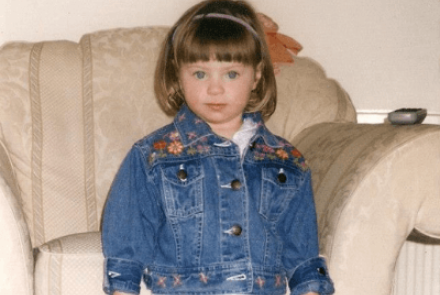Getting an autism diagnosis
For many young people and their parents, getting a medical diagnosis of autism is the first step on a long and often challenging journey. In the first of a series of guest blogs for Ambitious about Autism, Jessie Hewitson, author of ‘Autism, How to raise a happy autistic child’, explains all about what you can expect and how to prepare for the diagnosis process.
The beginning
Make an appointment with your GP. Ask for a referral to the local autism team and a referral to the speech and language therapy (SaLT) department. If your GP is unwilling to refer and you think they should, seek the opinion of another GP or go to your health visitor. In some regions you can refer yourself. While you wait keep a diary of your child’s behaviour: note what triggers meltdowns and situations they find difficult.
From what age can a child be diagnosed?
There is no minimum age, but usually the earliest professionals will diagnose is from the age of two.
How long until you get an answer?
Guidelines set by NICE – the National Institute for Health and Care Excellence – state that the process of assessment should begin within three months of the referral, but unfortunately they don’t state when the assessment process should end. At the time of writing, the average waiting time for an assessment is more than three and a half years.
Who carries out the assessment?
The NHS process is a multidisciplinary one, meaning there should be more than one professional involved, usually a paediatrician, speech and language therapist and/or educational or clinical psychologist.
What is the autism team looking for in order to identify autism?
Autism is diagnosed according to ‘impairments’ in social interaction and social communication and restricted patterns of behaviour, interests and activities.
On the day
Bring along your diary and videos of your child. It’s useful to bring a list of questions with you too, and tick them off as you go. It is likely that one member of the diagnostic team will ask you questions, while another member will play with your child. They will either give you a diagnosis immediately or ask you to come back in for further assessment. Autism is identified using clinical judgement. Inevitably, some clinicians will get it wrong. If you feel this has happened, write to the autism team at your local authority and explain why you think your child should be assessed again.
The diagnosis
The report usually states parents’ concerns, a history of the child’s development, the clinician’s observations, a diagnostic conclusion and recommendations for what future support the child is likely to need.
The report may include medical jargon that you don’t understand, in which case you can email the paediatrician to clarify. Similarly, if you don’t agree with any points, or feel that some areas are missing, raise it. It’s important that you receive a report with a clearly stated diagnosis. Make sure any ‘co-morbid’ condition – one that’s present at the same time – such as hypermobility, Ehlers-Danlos syndrome or OCD – are stated. Phrases such as ‘autistic tendencies’ are unhelpful.
It can be a tough read, but this is autism seen through the medical prism, which focuses on what a child can’t do. It doesn’t accurately describe your child, it’s just the document you need to get support for them.
Book extract from Autism, How to raise a happy autistic child by Jessie Hewitson, £14.99.

